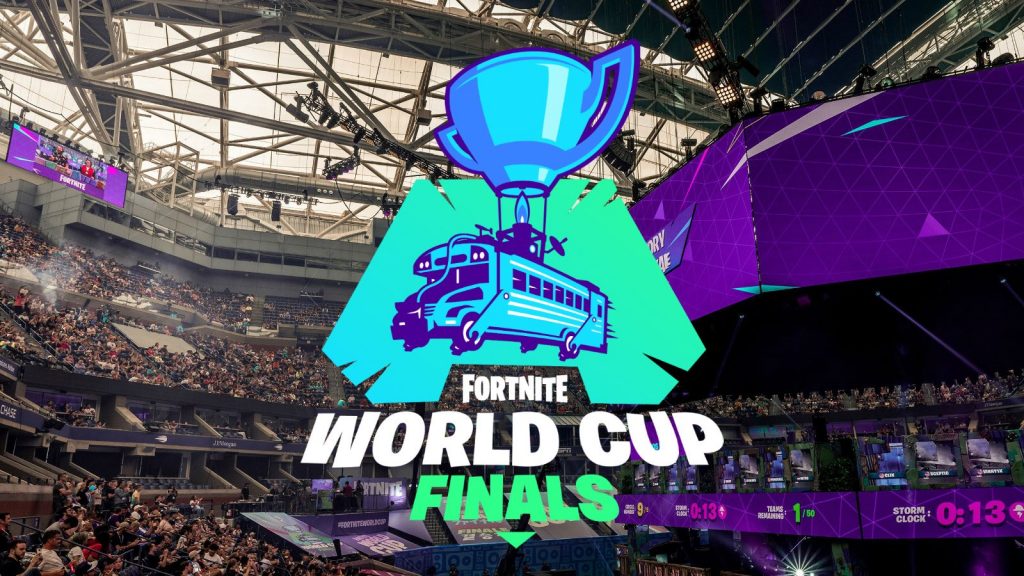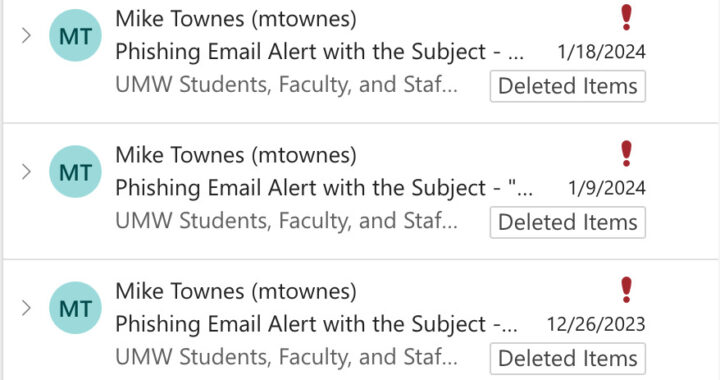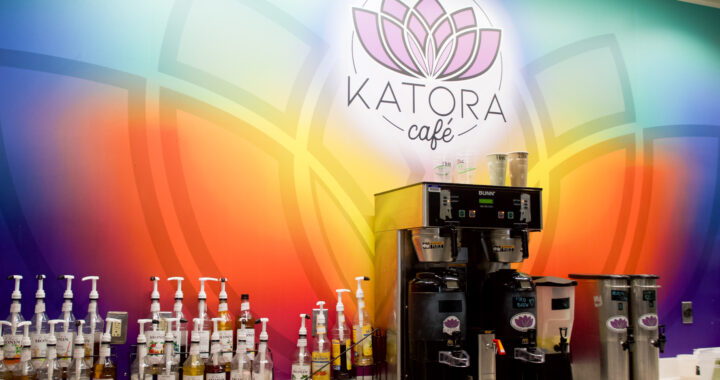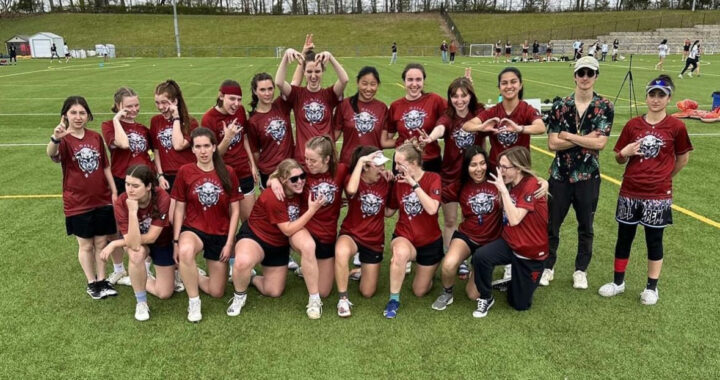Fortnite esports explosion grows competitive scene on college campuses nationwide
3 min read
The Fortnite World Cup drew in over 2.3 million viewers streaming. (dexerto.com)
By NATHANIEL STRINGER
Staff Writer
Fortnite— the game that has taken the world by storm. Today, most everyone has either played or heard of the game and knows that it is one of the hottest video games to hit the market in years. But what does Fortnite’s popularity and success tell us about the present and future of electronic sports, or esports, in terms of revenue, viewership and the integration of this new sport into schools and communities?
Since its release, Fortnite has proven to be more than just another videogame. The game’s competitive nature has made it a huge hit on social media and in professional video gaming leagues.
Like many sports leagues, Fortnite has famous personalities who are sponsored by companies such as Adidas and Redbull, including Tyler Blevins, known famously as “Ninja”. This particular Fortnite streamer, who has dominated the streaming industry, is able to pull in millions of viewers on the streaming platform known as Mixer, and was the first esports player in history to be featured on the cover of ESPN magazine.
Kyle Giersdorf, who goes by the alias “Bugha” is a 16-year-old Fortnite prodigy who won $3 million dollars for winning the Fortnite World Cup, an esporting event that drew in just over 2.3 million viewers streaming, according to Esports Insider. For reference, the NHL Stanley Cup Final game seven had 8.9 million streamers, according to The Hollywood Reporter.
The presence of esports has even extended itself onto the UMW campus.
John Shreve, a recent graduate of UMW, said, “Fortnite has brought a lot of people together because of the cross-platform compatibility that has allowed Xbox, PC and Playstation gamers to play with each other.”
He continued, “Before Fortnite, I had no clue that esports, or competitive gaming was an actual phenomena. However, when Fortnite began to grow rapidly, I got into watching streamers and watching competitive players do their thing. It’s really opened my eyes to competitive players, like me.”
Despite this, he said he is still more passionate about traditional team sports than esports, like competitive Fortnite.
“While esports are a blast to play, traditional sports have kept me active and healthy, and have also taught me teamwork while creating personal bonds that I do not feel I would have been able to attain through a television monitor.”
Although Shreve has a fair point about a weakened sense of team collaboration through esports, this has not stopped professional gaming from growing at an extraordinary rate. In fact, according to Syracuse Business, esports is projected to have more viewers than every professional sports league but the NFL by 2021.
In fact, varsity esports is beginning to make its way onto college campuses across the US. According to Campus Technology, a higher education technology magazine, six colleges are launching or broadening their esports program. One of these is Northcentral Technical College in Wisconsin, which is starting a varsity team that would contend as a member of the National Association of Collegiate Esports (NACE), a guiding body for college esports.
The esports roster for Northcentral Technical College will consist of between 14 and 28 players who will soon, according to the college, have access to a state-of-the-art esports arena. The arena will be 1,200 square feet and hold 24 deluxe computers, desks, chairs and console gaming stations, featuring the Nintendo Switch, PS4 and Xbox One, and a 98-inch TV for the team to use for gaming review.
According to Business Insider, the gaming market generated roughly $700 million in earnings in 2017, with an audience of about 400 million viewers. As the numbers continue to grow and competitive gaming makes its way to college campuses, scholarships are also beginning to be offered to skilled students.
According to Forbes, the highest amount offered is around $20,000, while most are between $2,000 – $5,000. The business magazine also mentions that schools such as Miami University, University of Utah and Boise State have integrated these programs into their athletics department to attract a unique body of students and to appear more tech-savvy.
With participation, revenue and viewership at a record high, it is only a matter of time before varsity esports is implemented into schools and universities worldwide, including our own.











